Android 常用布局
目录
1、[LinearLayout(线性布局)](#linearlayout)
2、[RelativeLayout(相对布局)](#relativelayout)
3、[FrameLayout(帧布局)](#framelayout)
4、[TableLayout(表格布局)](#tablelayout)
5、[ConstraintLayout(约束布局)](#constraintlayout)
LinearLayout(线性布局)
LinearLayout 是 Android 中最常用的布局之一,它按照水平或者垂直的线性顺序依次排列子控件,通过 android:orientation 属性可以指定排列的方向。
属性介绍
android:orientation:指定排列方向,可以是 vertical(垂直)或 horizontal(水平)。
android:layout_weight:设置控件在布局中的权重,用于分配剩余空间。
android:gravity:设置控件在其容器中的对齐方式。
<LinearLayout
xmlns:android="http://schemas.android.com/apk/res/android"
android:id="@+id/linearLayout1"
android:layout_width="match_parent"
android:layout_height="wrap_content"
android:orientation="vertical">
<Button
android:layout_width="wrap_content"
android:layout_height="wrap_content"
android:text="Button 1"/>
<Button
android:layout_width="wrap_content"
android:layout_height="wrap_content"
android:text="Button 2"/>
</LinearLayout> 示例代码
LinearLayout linearLayout = new LinearLayout(this);
linearLayout.setOrientation(LinearLayout.VERTICAL);
Button button1 = new Button(this);
button1.setText("Button 1");
Button button2 = new Button(this);
button2.setText("Button 2");
linearLayout.addView(button1);
linearLayout.addView(button2); RelativeLayout(相对布局)
RelativeLayout 允许子控件相对于其他控件或父容器进行定位,通过使用 android:layout_below、android:layout_toRightOf 等属性,可以实现复杂的用户界面布局。
属性介绍
android:layout_above:将当前控件置于指定控件之上。
android:layout_below:将当前控件置于指定控件之下。
android:layout_toLeftOf:将当前控件置于指定控件左侧。
android:layout_toRightOf:将当前控件置于指定控件右侧。
android:layout_alignParentTop:将控件与父容器顶部对齐。
android:layout_centerInParent:将控件置于父容器中心。
<RelativeLayout
xmlns:android="http://schemas.android.com/apk/res/android"
android:id="@+id/relativeLayout1"
android:layout_width="match_parent"
android:layout_height="wrap_content">
<Button
android:id="@+id/button1"
android:layout_width="wrap_content"
android:layout_height="wrap_content"
android:text="Button 1"/>
<Button
android:id="@+id/button2"
android:layout_width="wrap_content"
android:layout_height="wrap_content"
android:layout_below="@id/button1"
android:text="Button 2"/>
</RelativeLayout> 示例代码
RelativeLayout relativeLayout = new RelativeLayout(this);
Button button1 = new Button(this);
button1.setText("Button 1");
RelativeLayout.LayoutParams params1 = new RelativeLayout.LayoutParams(
RelativeLayout.LayoutParams.WRAP_CONTENT,
RelativeLayout.LayoutParams.WRAP_CONTENT
);
params1.addRule(RelativeLayout.ALIGN_PARENT_TOP);
relativeLayout.addView(button1, params1);
Button button2 = new Button(this);
button2.setText("Button 2");
RelativeLayout.LayoutParams params2 = new RelativeLayout.LayoutParams(
RelativeLayout.LayoutParams.WRAP_CONTENT,
RelativeLayout.LayoutParams.WRAP_CONTENT
);
params2.addRule(RelativeLayout.BELOW, button1.getId());
relativeLayout.addView(button2, params2); FrameLayout(帧布局)
FrameLayout 是最简单的布局之一,所有的子控件都堆放在屏幕的左上角,并且后添加的控件会覆盖先添加的控件。
属性介绍
android:layout_gravity:设置子控件在 FrameLayout 中的位置。
android:foreground:为 FrameLayout 设置前景图像。
<FrameLayout
xmlns:android="http://schemas.android.com/apk/res/android"
android:id="@+id/frameLayout1"
android:layout_width="match_parent"
android:layout_height="wrap_content">
<Button
android:layout_width="wrap_content"
android:layout_height="wrap_content"
android:text="Button 1"/>
<Button
android:layout_width="wrap_content"
android:layout_height="wrap_content"
android:layout_gravity="bottom|right"
android:text="Button 2"/>
</FrameLayout> 示例代码
FrameLayout frameLayout = new FrameLayout(this);
Button button1 = new Button(this);
button1.setText("Button 1");
frameLayout.addView(button1);
Button button2 = new Button(this);
button2.setText("Button 2");
FrameLayout.LayoutParams params2 = new FrameLayout.LayoutParams(
FrameLayout.LayoutParams.WRAP_CONTENT,
FrameLayout.LayoutParams.WRAP_CONTENT,
Gravity.BOTTOM | Gravity.RIGHT
);
frameLayout.addView(button2, params2); TableLayout(表格布局)
TableLayout 以行和列的形式管理子控件,每一行由一个 TableRow 表示,适合创建表格形式的布局。
属性介绍
android:shrinkColumns:设置可收缩的列。
android:stretchColumns:设置可伸展的列。
android:collapseColumns:设置隐藏的列。
<TableLayout
xmlns:android="http://schemas.android.com/apk/res/android"
android:id="@+id/tableLayout1"
android:layout_width="match_parent"
android:layout_height="wrap_content">
<TableRow>
<Button android:text="Button 1"/>
<Button android:text="Button 2"/>
</TableRow>
<TableRow>
<Button android:text="Button 3"/>
<Button android:text="Button 4"/>
</TableRow>
</TableLayout> 示例代码
TableLayout tableLayout = new TableLayout(this);
tableLayout.setStretchAllColumns(true); // 设置所有列可伸展
tableLayout.setShrinkAllColumns(true); // 设置所有列可收缩
TableRow row1 = new TableRow(this);
Button button1 = new Button(this);
button1.setText("Button 1");
row1.addView(button1);
Button button2 = new Button(this);
button2.setText("Button 2");
row1.addView(button2);
tableLayout.addView(row1);
TableRow row2 = new TableRow(this);
Button button3 = new Button(this);
button3.setText("Button 3");
row2.addView(button3);
Button button4 = new Button(this);
button4.setText("Button 4");
row2.addView(button4);
tableLayout.addView(row2); ConstraintLayout(约束布局)
ConstraintLayout 允许更灵活地控制子控件的位置,非常适合复杂布局,通过约束条件,可以将控件放在相对位置,避免嵌套布局,提高性能。
属性介绍
app:layout_constraintLeft_toLeftOf:将控件的左边与另一个控件的左边对齐。
app:layout_constraintTop_toBottomOf:将控件的顶部与另一个控件的底部对齐。
app:layout_constraintRight_toRightOf:将控件的右边与另一个控件的右边对齐。
app:layout_constraintBottom_toTopOf:将控件的底部与另一个控件的顶部对齐。
app:layout_constraintStart_toStartOf:将控件的开始与另一个控件的开始对齐。
app:layout_constraintEnd_toEndOf:将控件的结束与另一个控件的结束对齐。
app:layout_constraintHorizontal_bias:设置水平偏差比例。
app:layout_constraintVertical_bias:设置垂直偏差比例。
app:layout_constraintDimensionRatio:设置宽高比。
app:layout_constraintCircle:设置圆形约束。
app:layout_constraintWidth_default:设置默认宽度约束。
app:layout_constraintHeight_default:设置默认高度约束。
app:layout_editor_absoluteX:设置绝对 X 坐标。
app:layout_editor_absoluteY:设置绝对 Y 坐标。
app:layout_constraintGuideline_begin:设置引导线的开始位置。
app:layout_constraintGuideline_end:设置引导线的结束位置。
app:layout_constraintGuideline_percent:设置引导线的百分比位置。
app:layout_goneMarginLeft、app:layout_goneMarginTop、app:layout_goneMarginRight、app:layout_goneMarginBottom、app:layout_goneMarginStart、app:layout_goneMarginEnd:当控件被设置为 GONE 时使用的外边距。
app:layout_constraintVertical_chainStyle:设置垂直链样式。
app:layout_constraintHorizontal_chainStyle:设置水平链样式。
app:layout_constraintHorizontal_bias:设置水平偏差比例。
app:layout_constraintVertical_bias:设置垂直偏差比例。
app:layout_constraintDimensionRatio:设置宽高比。
app:layout_constraintCircle:设置圆形约束。
小伙伴们,上文介绍了“android常用布局”的内容,你了解清楚吗?希望对你有所帮助,任何问题可以给我留言,让我们下期再见吧。

 云主机测评网
云主机测评网





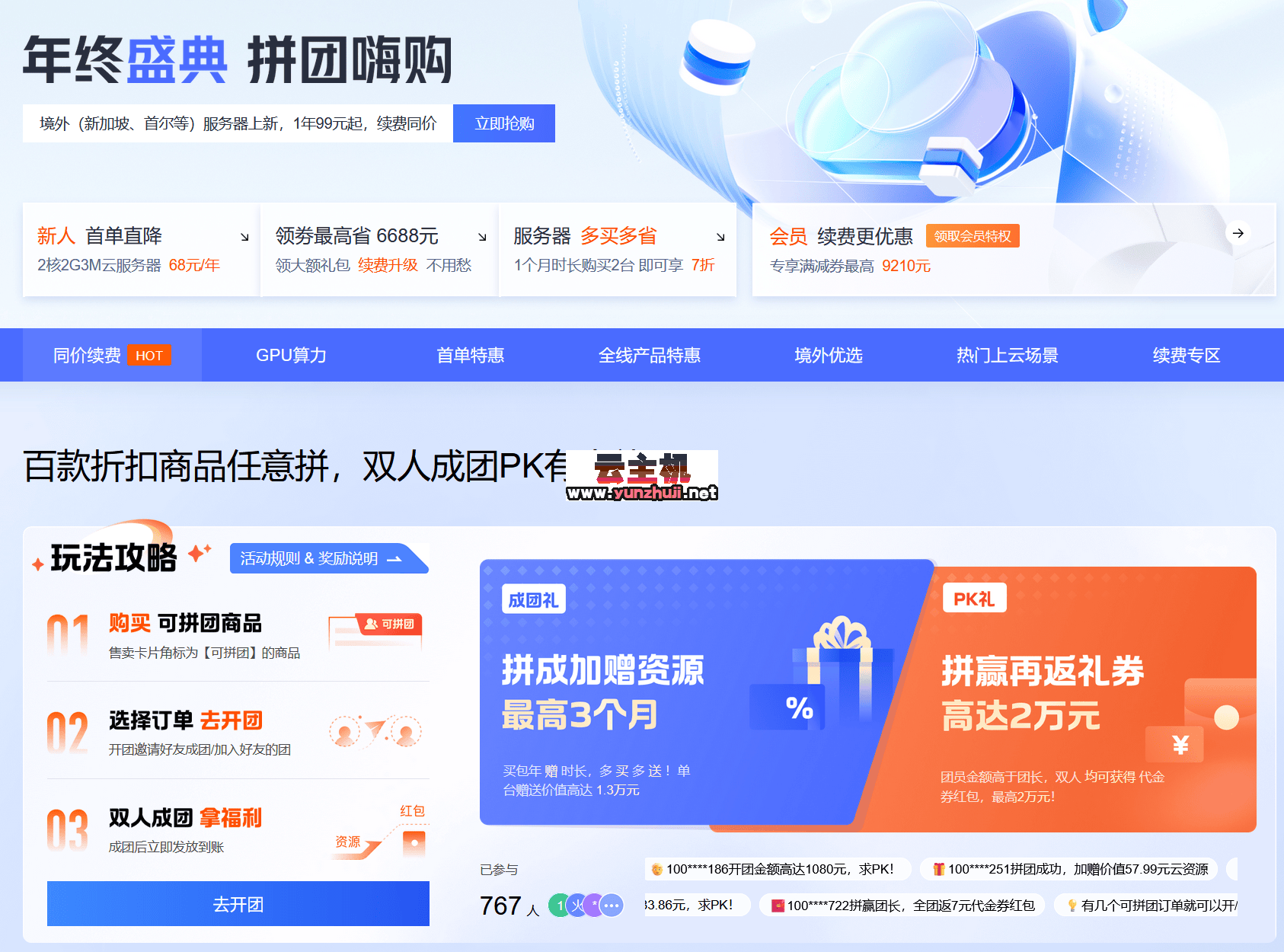

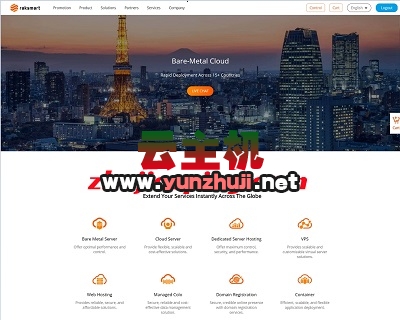
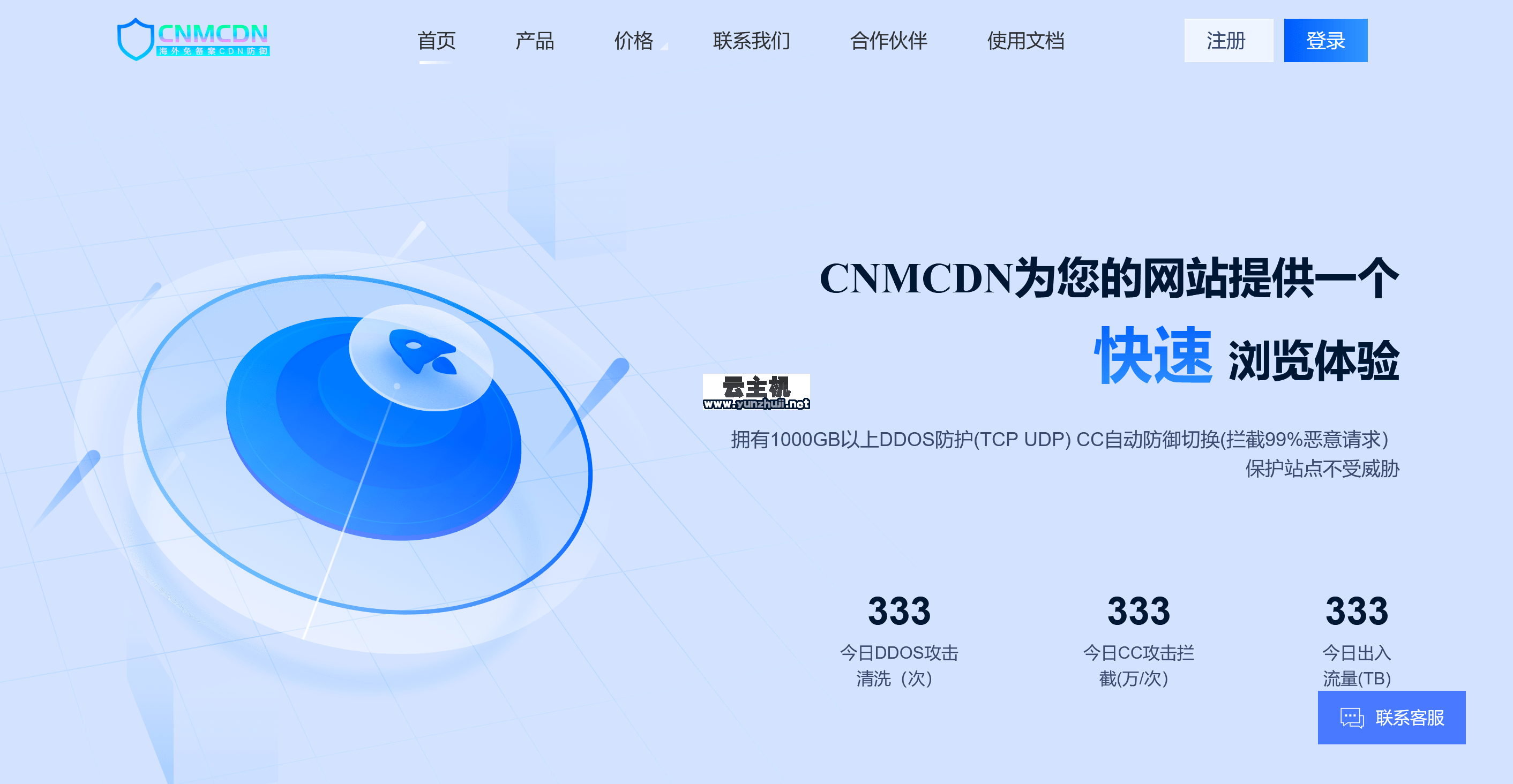
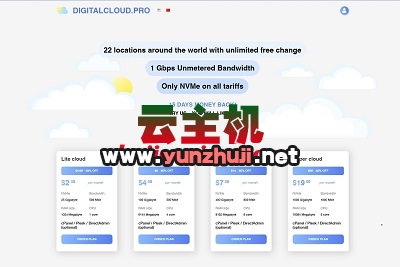
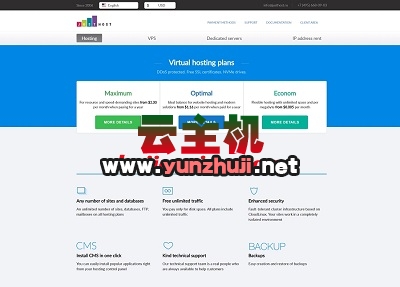
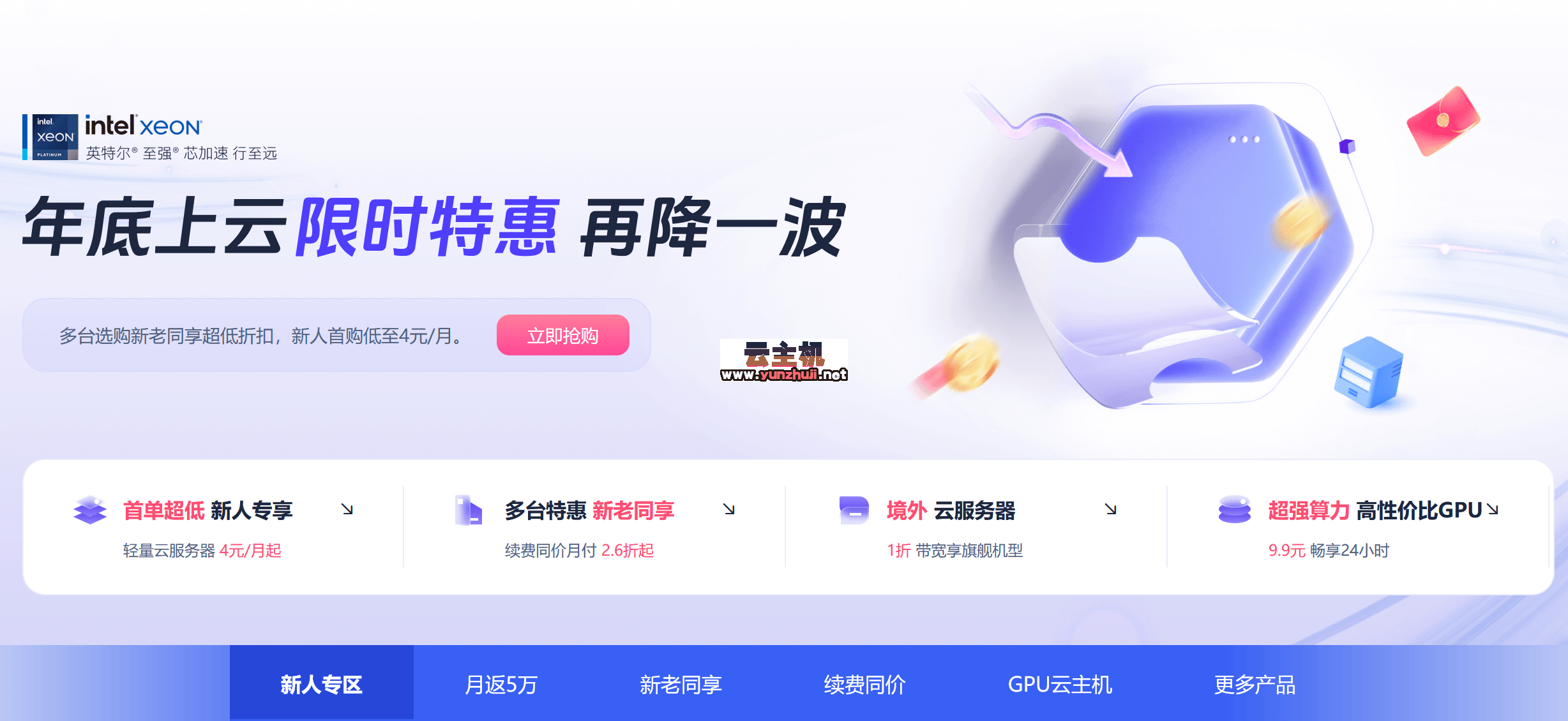
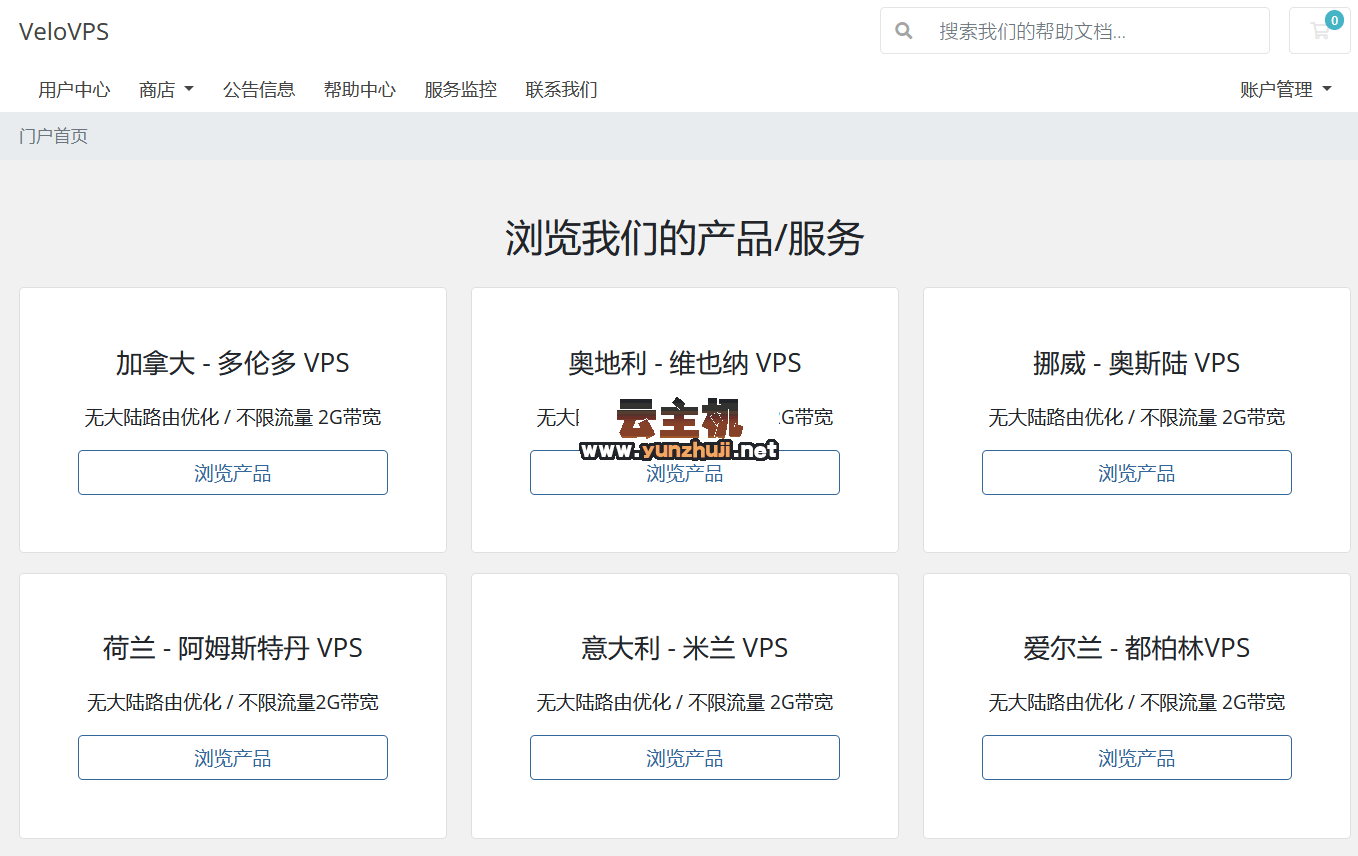



最新评论
本站CDN与莫名CDN同款、亚太CDN、速度还不错,值得推荐。
感谢推荐我们公司产品、有什么活动会第一时间公布!
我在用这类站群服务器、还可以. 用很多年了。